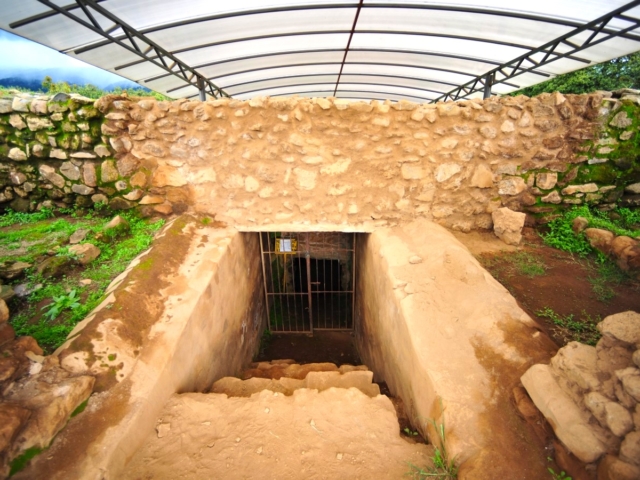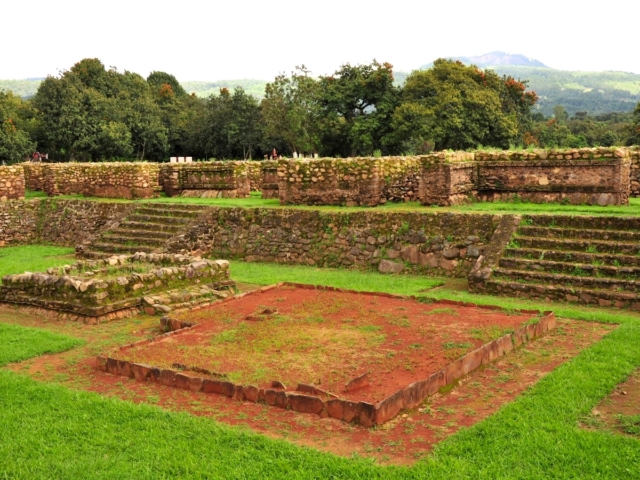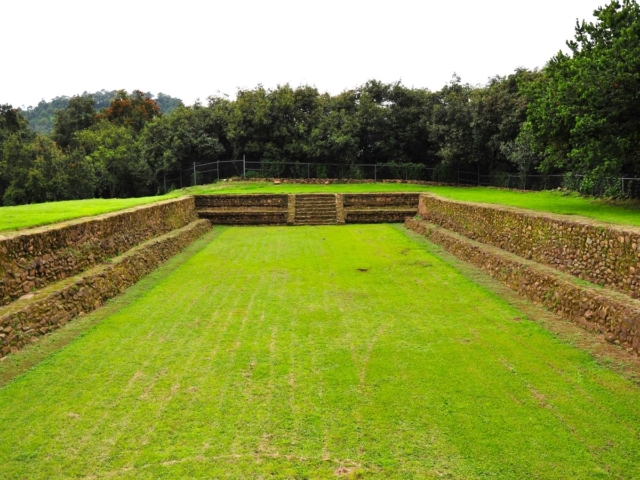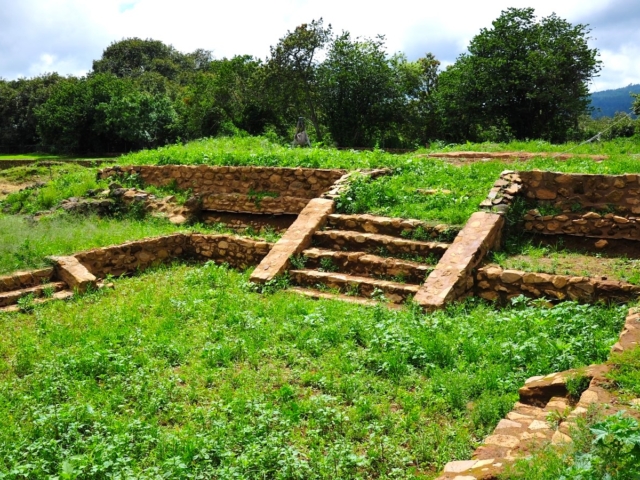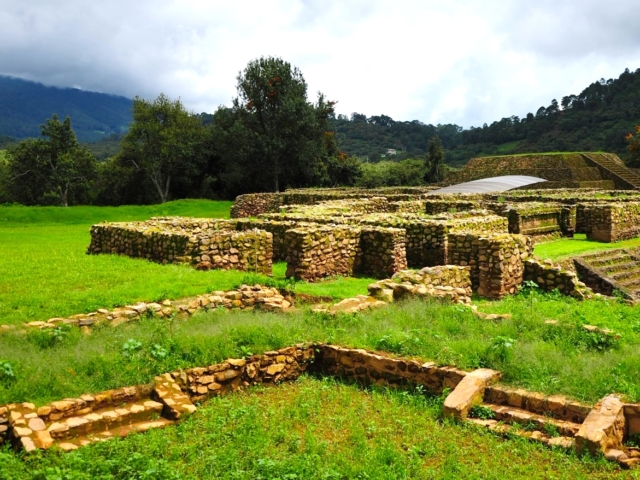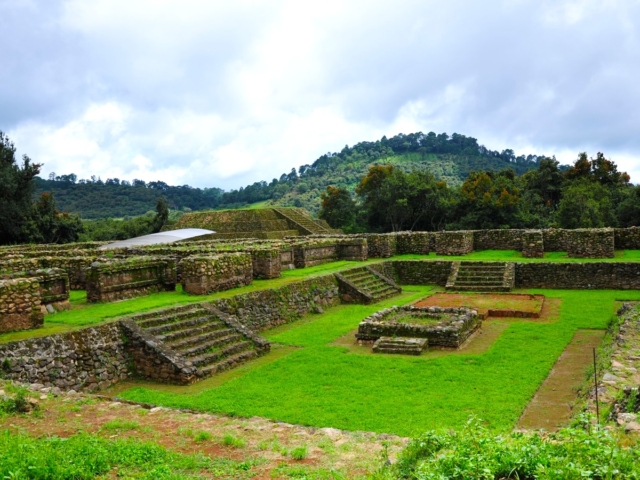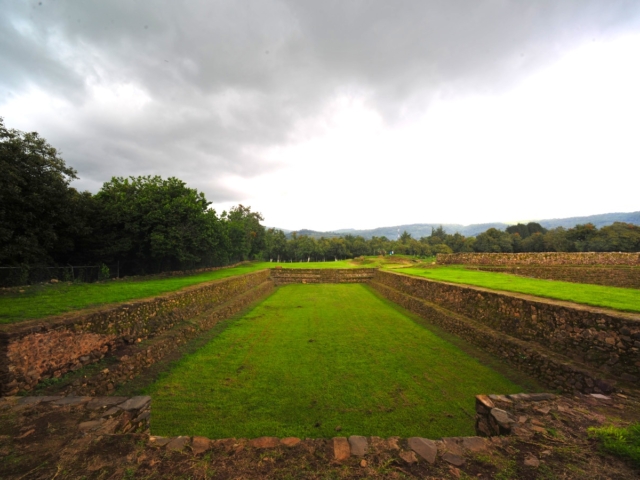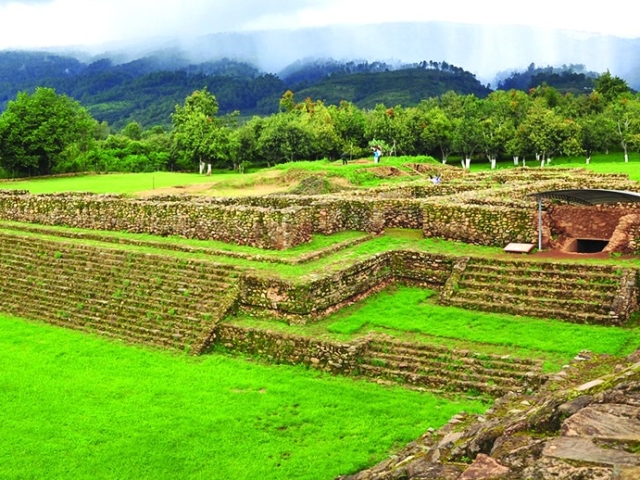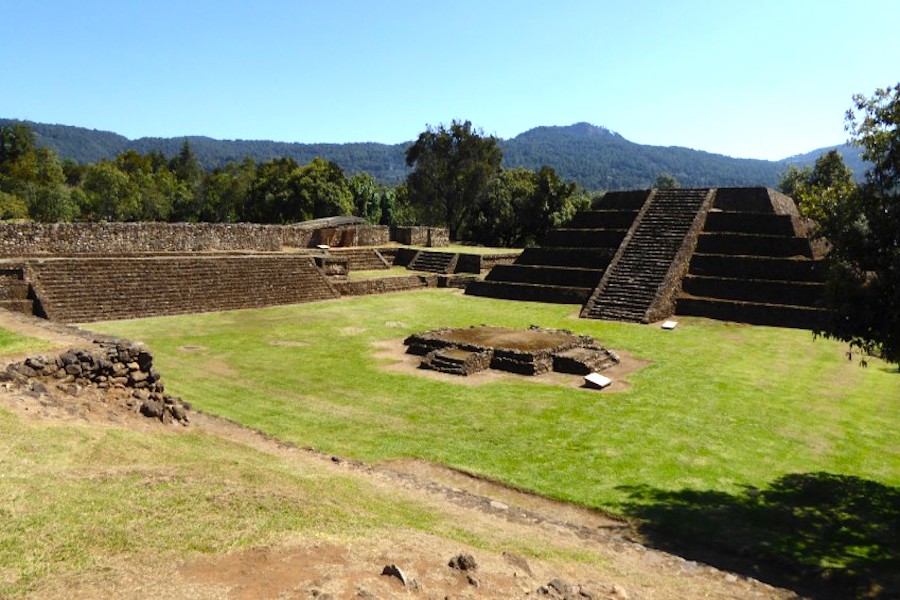
Adress
Tinganio s/n, Tercero, 60290 Tingambato, Michoacán, México.
GPS
19.494377217353, -101.85871124268
Phone
Web
Monday
10:00 – 15:00
Tuesday
10:00 – 15:00
Wednesday
10:00 – 15:00
Thursday
10:00 – 15:00
Friday
10:00 – 15:00
Saturday
10:00 – 15:00
Sunday
10:00 – 15:00
KNOW MORE PLACES
VISITA OTRAS LOCALIDADES
There are few references to this site: only one mention of the discovery of a tomb has been found in a Michoacan newspaper from 1842. It was between 1978 and 1979 when archaeologists Román Piña Chan and Kuniaki Ohi carried out most of the excavations and archaeological recoveries that can be visited today. To date, only a small part of the town has been explored, which corresponds to the religious and residential areas of the population.
Research carried out in Tingambato has revealed a little-known period in Michoacan history. This is a period of great changes throughout Mesoamerica after the fall of Teotihuacan, before the great settlements founded by the Tarascans or Purépechas, towards the end of the pre-Hispanic period.
In the history of the area we can clearly define two stages. The first, which began in 450, was the beginning of the settlement of this ceremonial center. The settlement was inhabited by groups that had a food-producing economy, based fundamentally on agriculture and complemented by hunting and fishing. In this phase, the builders regularized the land to form an artificial platform on which the foundations for the temples were built, as well as some civil constructions for the ruling class, along with numerous huts for the people. The second stage covers the period from 600 to 900 and in it the Teotihuacan influence is evident. To explain the presence of the features of the great metropolis, it is necessary to make a brief description of its culture.
Referring to the Teotihuacan culture implies a watershed in the Mesoamerican area, since it is the emergence of the first great metropolis in the region. Its peak occurred between the years 100 and 575 and represented the avant-garde in artistic, architectural and religious manifestations. This society was led by a theocracy that achieved great influence in many Mesoamerican populations for more than 500 years, and became the first great multiethnic city in Mesoamerica, where today we know that there existed, among others, a neighborhood of people from Michoacán.
Due to the collapse—approximately in the year 575—Teotihuacán disintegrated; however, it seems that the people who left that great city dispersed, causing some of its architectural elements to begin to appear in distant places of the city. This is the case of Tingambato. The Teotihuacan influence is verified because the rooms were located around the sunken plazas, its ceremonial center had altars along with the characteristic talud-tablero (wall inclined from above towards the back and vertical wall), which is one of the significant architectural elements of Teotihuacán. The similarity of the ball court of Tingambato with those of the archaeological sites of Tula and Xochicalco reinforces the theory that this settlement arose after the fall of Teotihuacán, since these three sites flourished after the decline of the great city. It is very important to highlight the funerary architecture in Tingambato, reminiscent of an ancient tradition in Michoacán, where certain dignitaries were buried in impressive chamber tombs with vaulted ceilings.
Tingambato was finally abandoned around the year 900 and there are no elements that link it to the later phases of the Tarascan lordship. It is thought that, at the end of the occupation of Tingambato, a great fire occurred, traces of which have been observed in archaeological excavations.

